The Mercedes Benz museum in Mercedesstraße, Stuttgart, Germany
This is the only Mercedes-Benz museum in the world that can document in a single continuous timeline for the more than 130 years of the auto industry history from its very beginnings to the present day.
If you are a fan of cars (classic or sports) and if you are in Germany this is the place to visit! It will take at least 2 hours or more if you are going to read every single piece of information available in this museum.
To get to the museum, if you are going by rail you will need to get to the Stuttgart Hauptbahnhof and then from there walk to the Central Station where you will have to take the S1 line to Neckarpark. From the Neckarpark station it is another 1 km walk to the museum itself. You will also pass the Mercedes Benz Arena which is the home of German soccer team VfB Stuttgart.

The museum itself is an architectural wonder. Designed by UNStudio van Berkel & Bos, it was based on a unique cloverleaf concept using three overlapping circles with the center removed to form a triangular atrium recalling the shape of a Wankel engine. The building was completed and opened on 19 May 2006, providing 16,500 square metres (178,000 sq ft) of exhibition space on a footprint of just 4,800 square metres (52,000 sq ft). The double helix also corresponds to the exhibition concept, which divides the museum into the “myth rooms” and the “collections”, offering two alternative tours that can be merged at any given point of the museum. On nine levels, the museum presents over 1,500 exhibits.
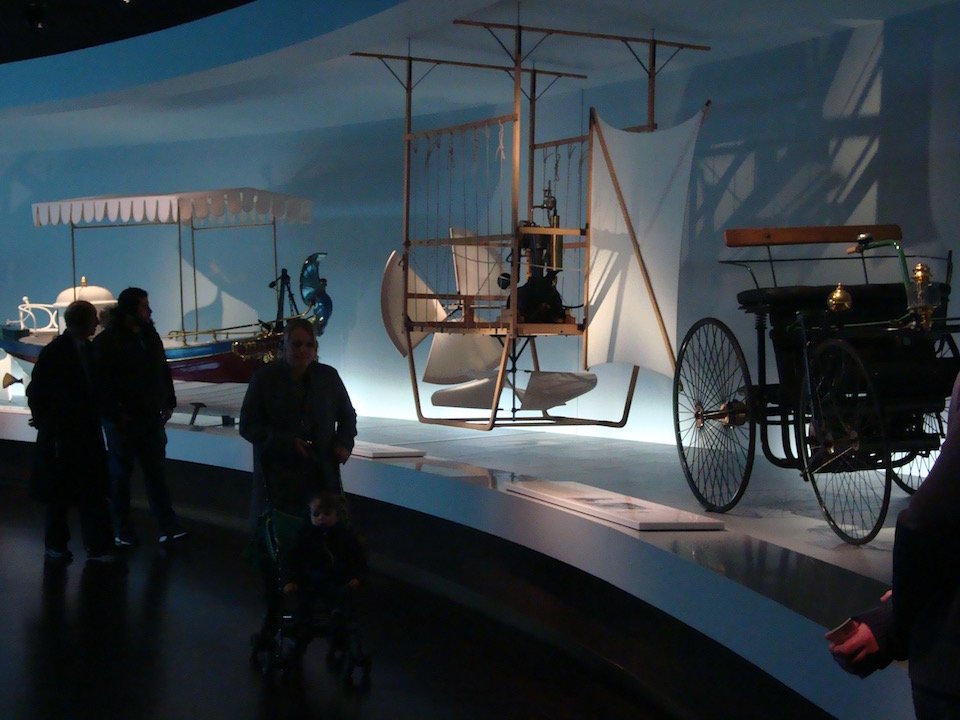
Exhibits at Legend 1
Although there are 160 vehicles on display, it is not possible to sit inside most of the vehicles. Two of the vehicles, however, can be accessed: the Mercedes-Benz Econic NGT 2628 garbage truck (Collection 3 “Gallery of Helpers”) and the Mercedes-Benz O 302 World Cup team bus used by the 1974 German national squad (Collection 4 “Gallery of Names”).

Gottlieb Daimler’s motorized carriage was the world’s first four-wheeled automobile.
In 1886, Carl Benz submitted the patent for his motor car at the Imperial Patent Office in Berlin. This invention is considered to be the birth of the automobile. It has changed and formed individual mobility worldwide to this day.
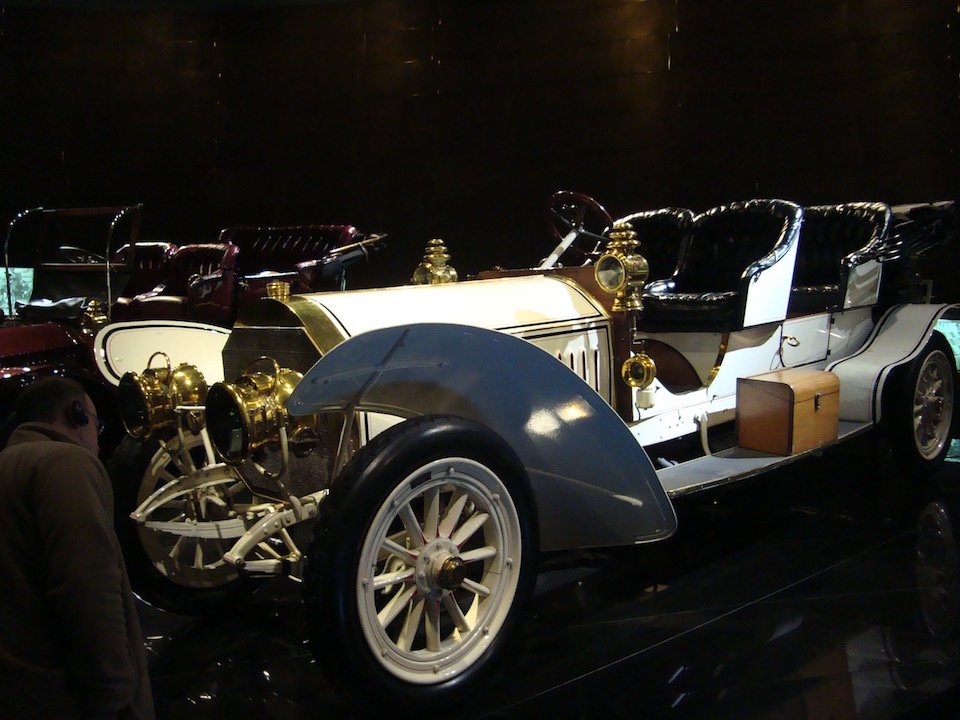
Mercedes 75PS Doppelphaeton (1908) was the first series-production model to be built by Daimler-Motoren-Gesellschaft with a six-cylinder engine
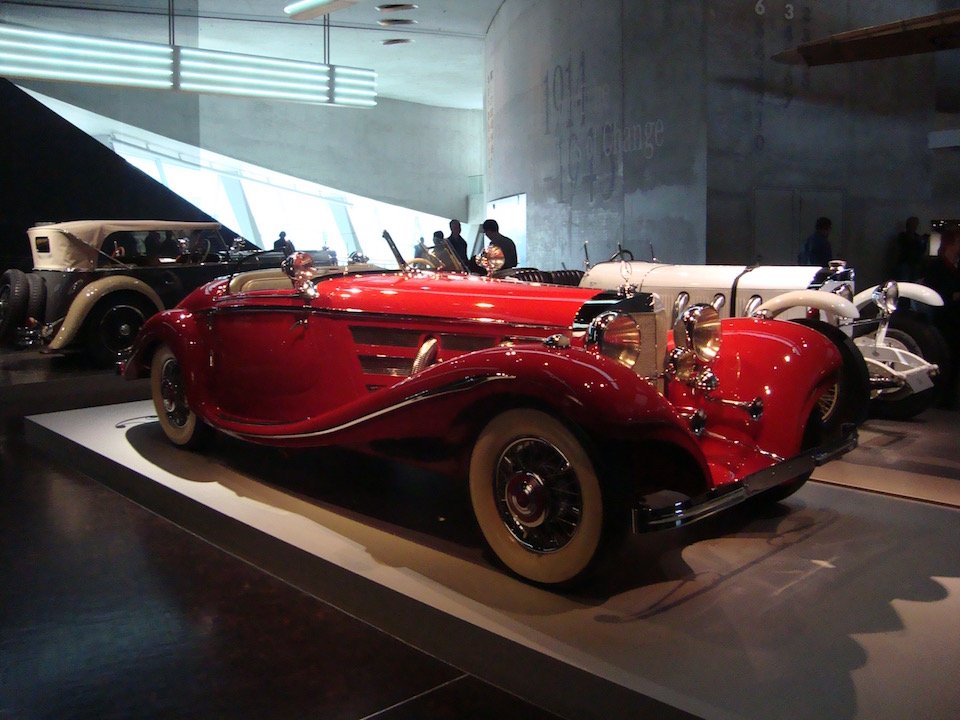
The Mercedes-Benz 500 K (1934-1936) was the car of the rich and the beautiful and only 34 units were produced.
The building’s interior is inspired by the double helix structure of the DNA spiral that carries the human genome. This in turn illustrates the Mercedes-Benz brand’s philosophy – to continuously create radically new products to advance the cause of human mobility.
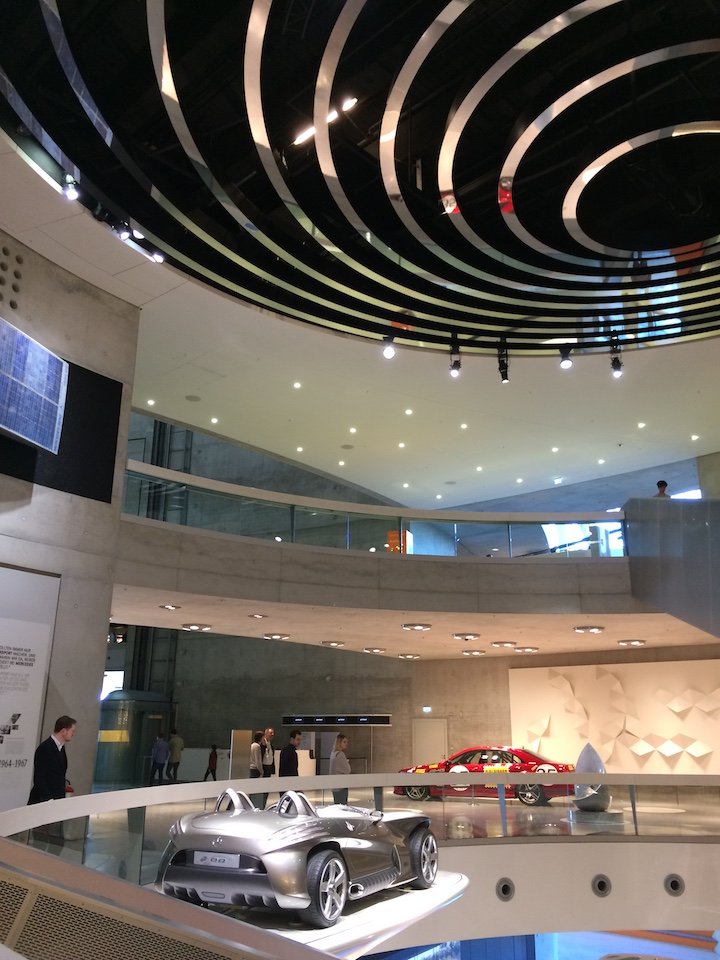
During a two-hour tour of the exhibition, visitors can experience a unique journey through the automotive history. Transported by a modernistic and yet retro looking lift to the uppermost level of the museum, the visitor arrives back in the year 1886, where two museum tours gradually spiral their way down through the extensive collection and back to the museum exit.
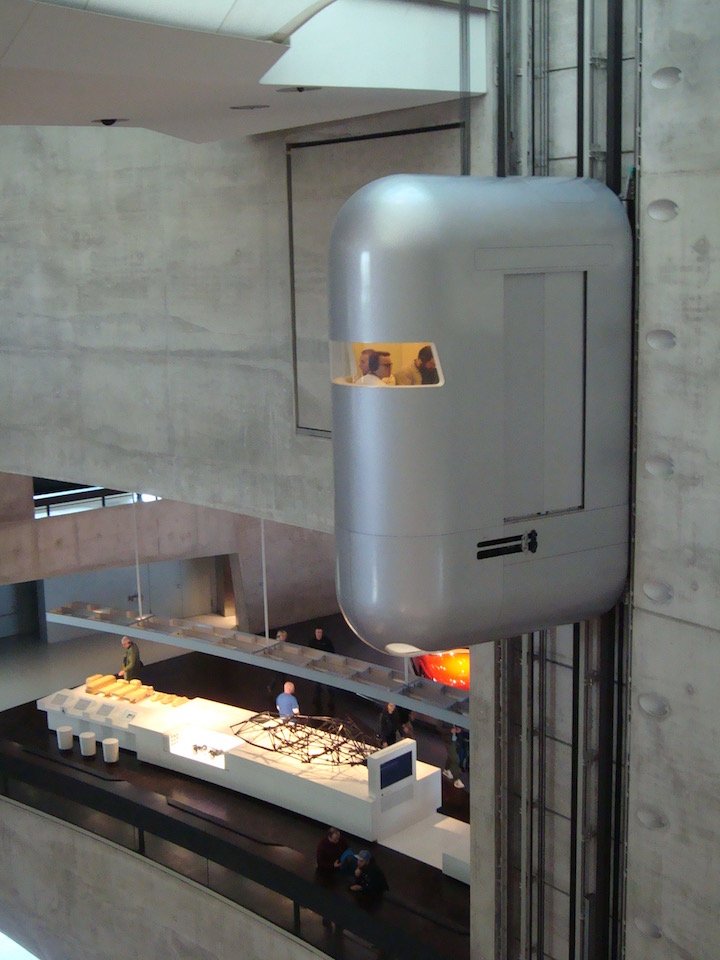
The first of the tours consists of seven Legend rooms which narrate the chronological history of the brand. The second tour groups the wealth of vehicles on display into five separate Collection rooms, which thematically document the breadth and diversity of the brand portfolio and collection.
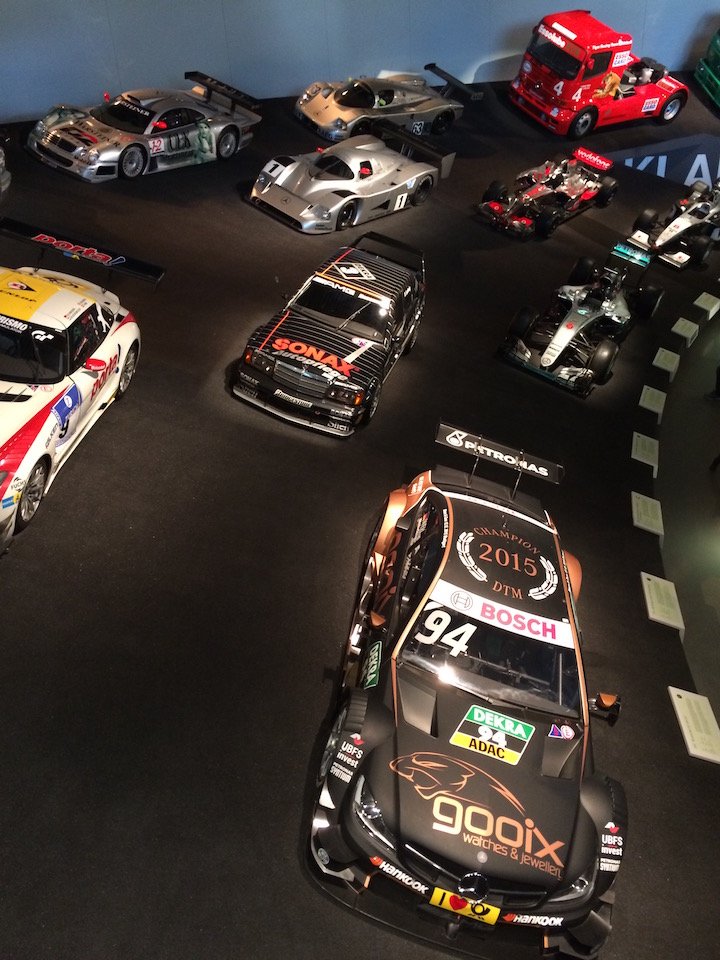
Both tours finish at the banked curve entitled Silver Arrows – Races & Records. The exhibition is rounded off by the Fascination of Technology display, which offers a glimpse into day-to-day work at Mercedes-Benz and also presents topics concerning the future of the automobile.

An audio-visual guide is available for visitors. It accompanies you on your tour of the museum and offers additional information to you in eight different languages. For the German and English languages, you have a choice of four profiles: Basics, History, Technology and a Kids profile. The audio-visual museum guide uses infrared and radio technology to convey information on the different display rooms and exhibits and is included in the entrance fee.
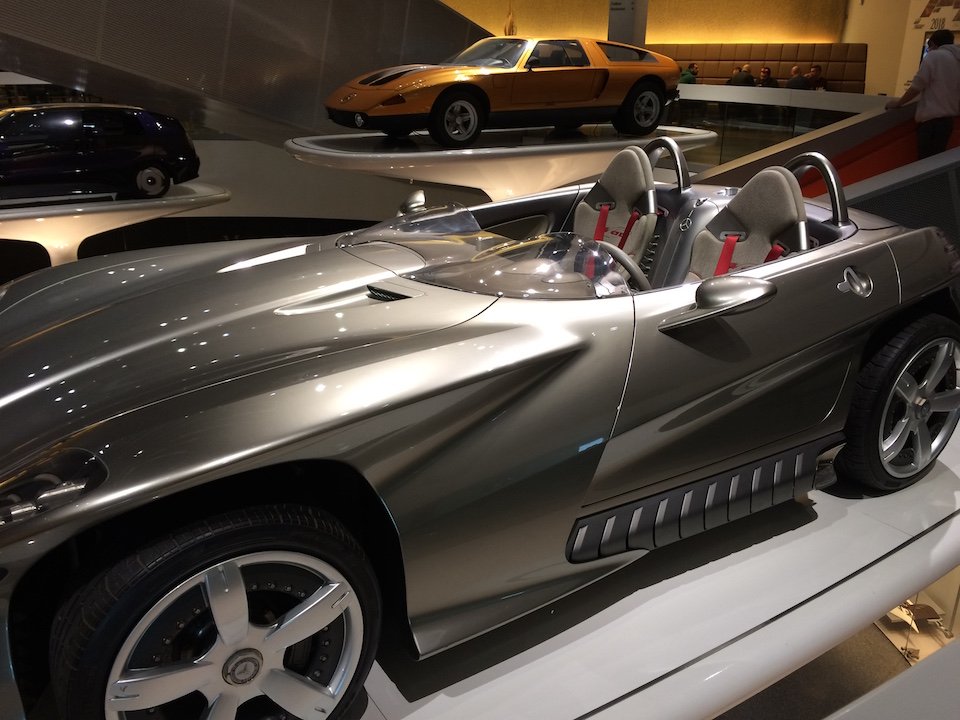
The Mercedes F400 Carving concept car

Lewis Hamilton wrote racing history in this car – McLaren-Mercedes MP4-23 (2008)
Only bags and backpacks up to a maximum size of A4 are permitted into the exhibition area. You can leave your larger backpacks and suitcases in the cloakroom and lockers. The cloakroom and lockers are free of charge. There is also a Museum Shop and a restaurant in the building.
After the tour, and if you have not had enough of cars yet, then you can make a short trip to the Porsche museum next!
Tip: Make sure you keep your ticket as visitors presenting an entrance ticket to one of the museums will get 25 percent off the regular ticket price or on the concessionary price for the other museum!
Article and photos by Jack K, © trifargo.
Tours you can join:
Where to stay in Stuttgart:

